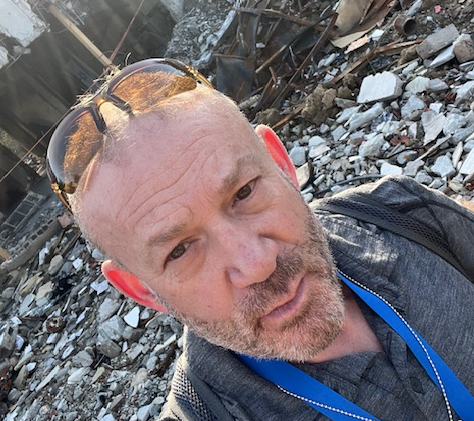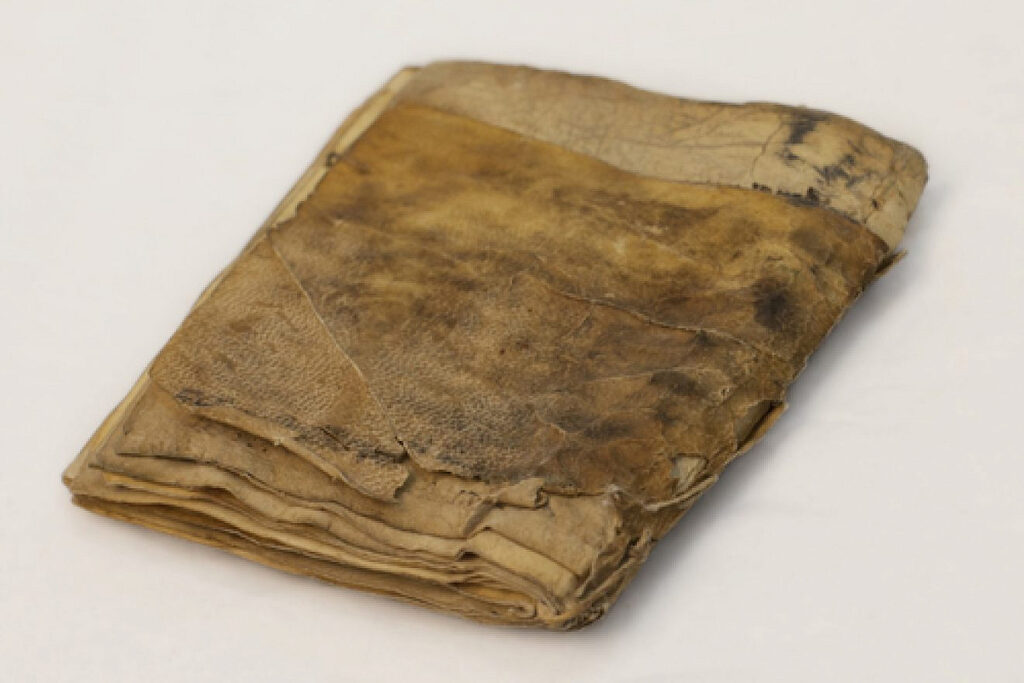
BGU Archaeologist Unearths New Findings at Sobibor Death Camp
BGU Archaeologist Unearths New Findings at Sobibor Death Camp
July 11, 2008
NEW YORK, NEW YORK — NOVEMBER 13, 2007 — An archaeologist at Ben-Gurion University of the Negev (BGU), Yoram Hami, has unearthed numerous findings from the Sobibor death camp in eastern Poland that will shed more light on what occurred there during the Holocaust.
The excavation is a joint project that began this month between the Archaeological Division of Ben-Gurion University of the Negev and the Sobibor Museum in Poland and is being supported by Yad Vashem. It is directed by Yoram Haimi of BGU and Wojciech Mazurk of Poland.
In Sobibor, between 1942 and 1943, S.S. men and their Ukrainian collaborators murdered approximately 250,000 Jews. The Germans destroyed the camp at the end of 1943. Many details about how the camp was run will become clear with the findings of this excavation project. The dig exposes the structure of Camp 3, the part of Sobibor which housed the gas chambers.
Head of the BGU Archaeological Division, Professor Isaac Gilead, says that “at the outset of the dig, layers of ash, and levels bordered with two thick stripes of black ash containing pieces of burnt branches, were unearthed. These were probably fences that marked the boundary area between Camp 2, where the Jews arrived and were robbed of their belongings, and Camp 3, where they were murdered.” Survivors have testified that the Germans were careful to weave branches through the barbed-wire fences in order to prevent them from seeing what was happening on the other side.
According to Prof. Gilead, so far hundreds of objects have been retrieved from the ash, among them scissors, a metal cigarette case, broken eyeglass frames, and many perfume bottles. Other metal shards found include parts of barbed-wire fences, door hinges and bullet casings. Nails and dowels were also uncovered, belonging to the iron tracks of the rail cars that ran from the train platform to the extermination area of Sobibor. Also found were a penknife, knife and blade sharpener. “It is probable that this area was next to the barrack in which women’s hair was cut, from which they were then led to the gas chambers,” Gilead said.
An Israel production company, Highlight Films, produced “Revealing the Unforgotten,” a film that documents the excavations of the dig and which will be made available in November 2008. Director Amos Rafaeli is following the findings of this archaeological excavation and what it exposes about the Sobibor death camp.
ABOUT AMERICANS FOR BEN-GURION UNIVERSITY
By supporting a world-class academic institution that not only nurtures the Negev, but also shares its expertise locally and globally, Americans for Ben-Gurion University engages a community of Americans who are committed to improving the world. David Ben-Gurion envisioned that Israel’s future would be forged in the Negev. The cutting-edge research carried out at Ben-Gurion University drives that vision by sustaining a desert Silicon Valley, with the “Stanford of the Negev” at its center. The Americans for Ben-Gurion University movement supports a 21st century unifying vision for Israel by rallying around BGU’s remarkable work and role as an apolitical beacon of light in the Negev desert.
About Ben-Gurion University of the Negev
Ben-Gurion University of the Negev embraces the endless potential we have as individuals and as a commonality to adapt and to thrive in changing environments. Inspired by our location in the desert, we aim to discover, to create, and to develop solutions to dynamic challenges, to pose questions that have yet to be asked, and to push beyond the boundaries of the commonly accepted and possible.
We are proud to be a central force for inclusion, diversity and innovation in Israel, and we strive to extend the Negev’s potential and our entrepreneurial spirit throughout the world. For example, the multi-disciplinary School for Sustainability and Climate Change at BGU leverages over 50 years of expertise on living and thriving in the desert into scalable solutions for people everywhere.
BGU at a glance:
20,000 students | 800 senior faculty | 3 campuses | 6 faculties: humanities & social sciences, health sciences, engineering sciences, natural sciences, business & management, and desert research.
For all press inquiries, please contact:
James Fattal, J Cubed Communications
516.289.1496



